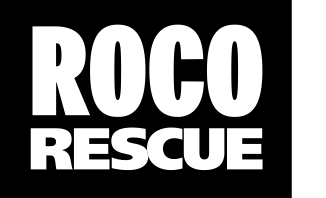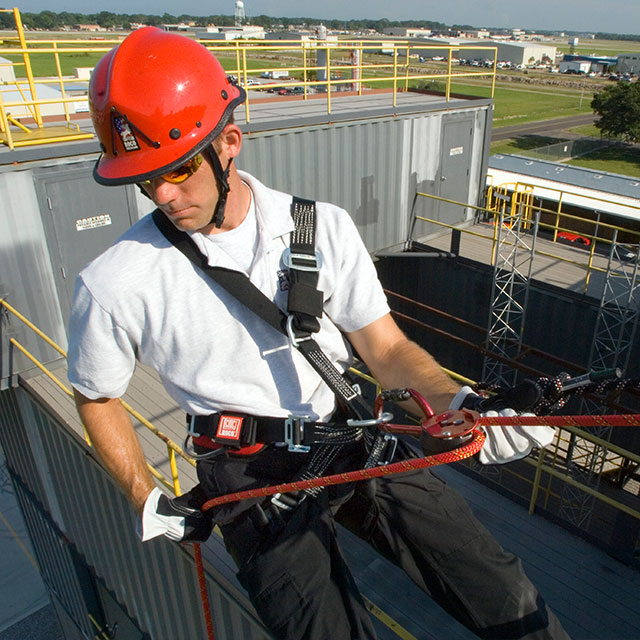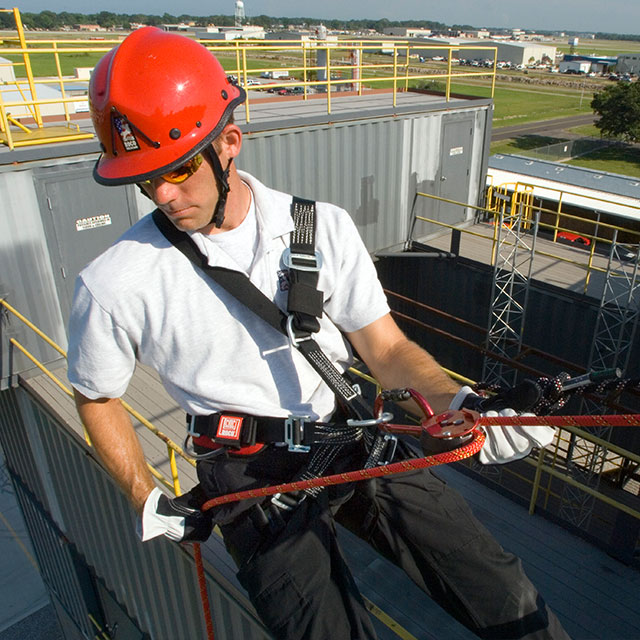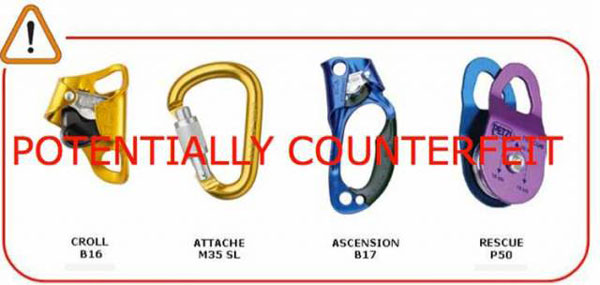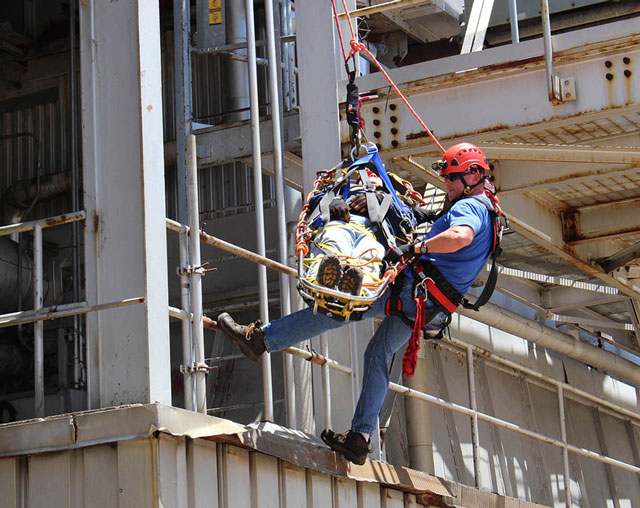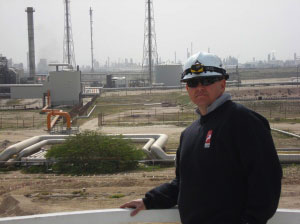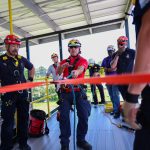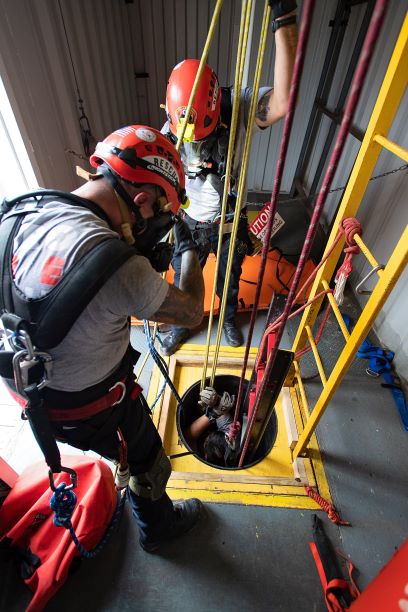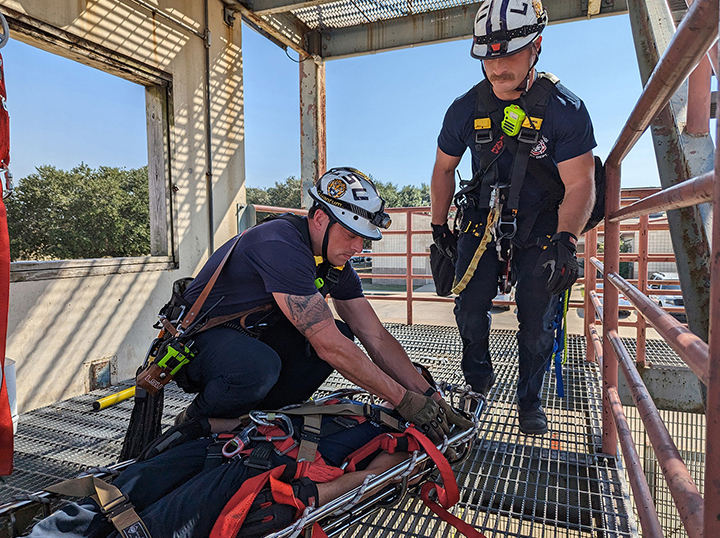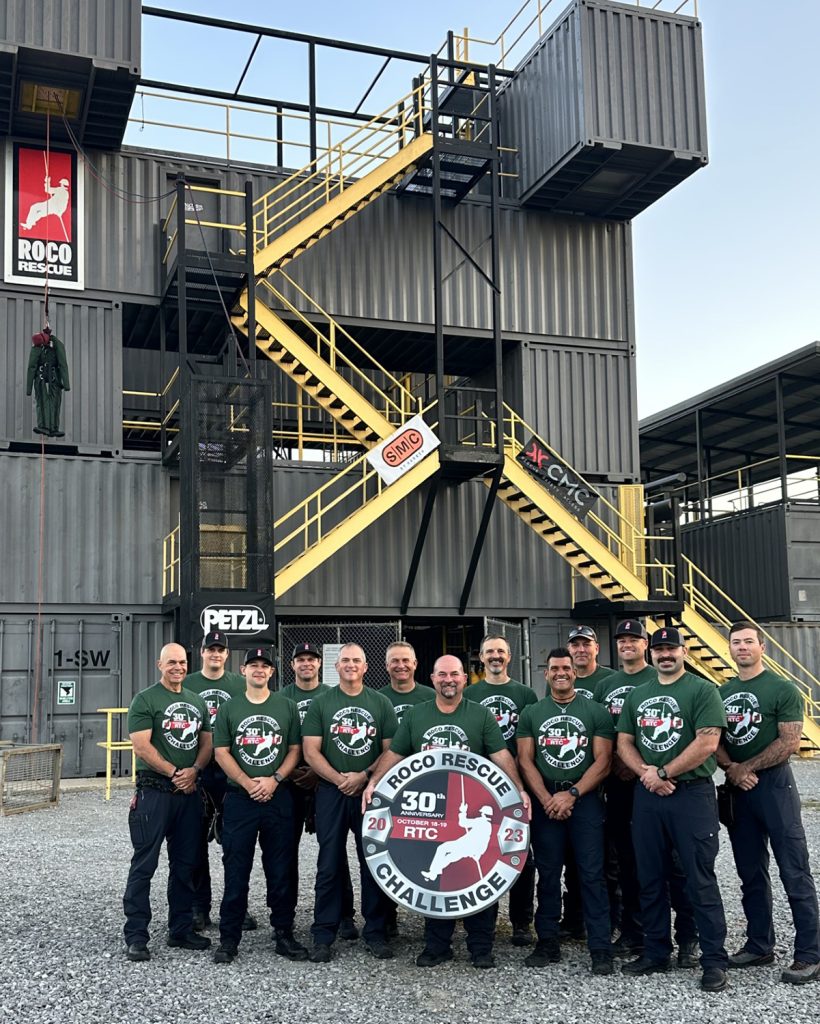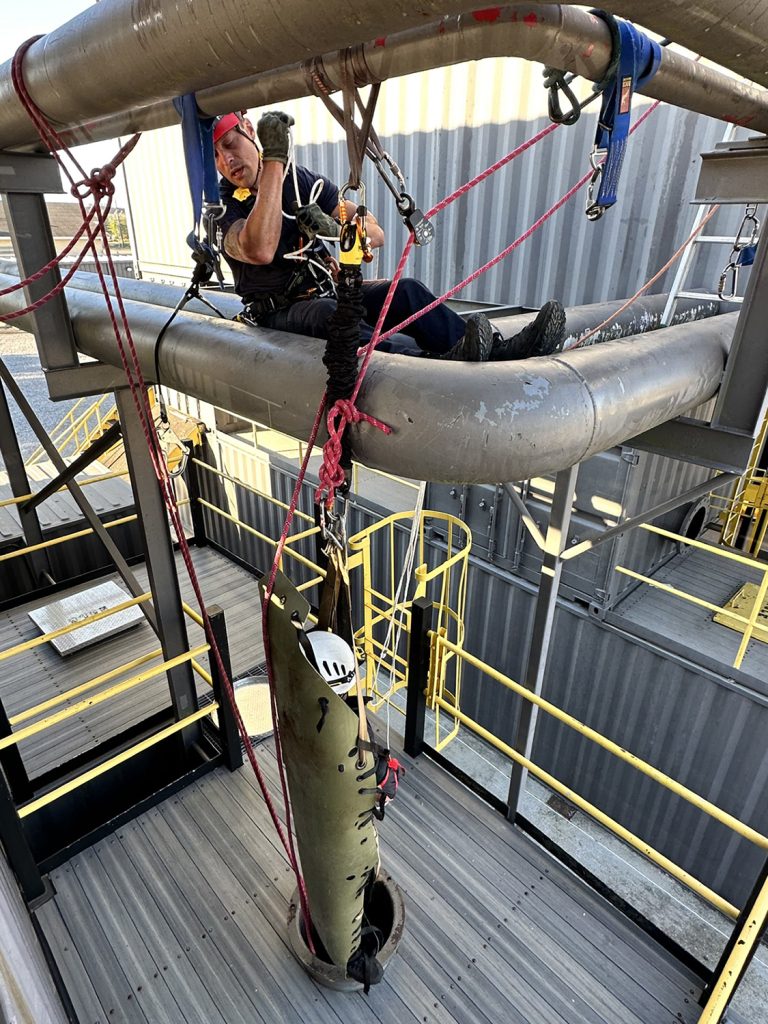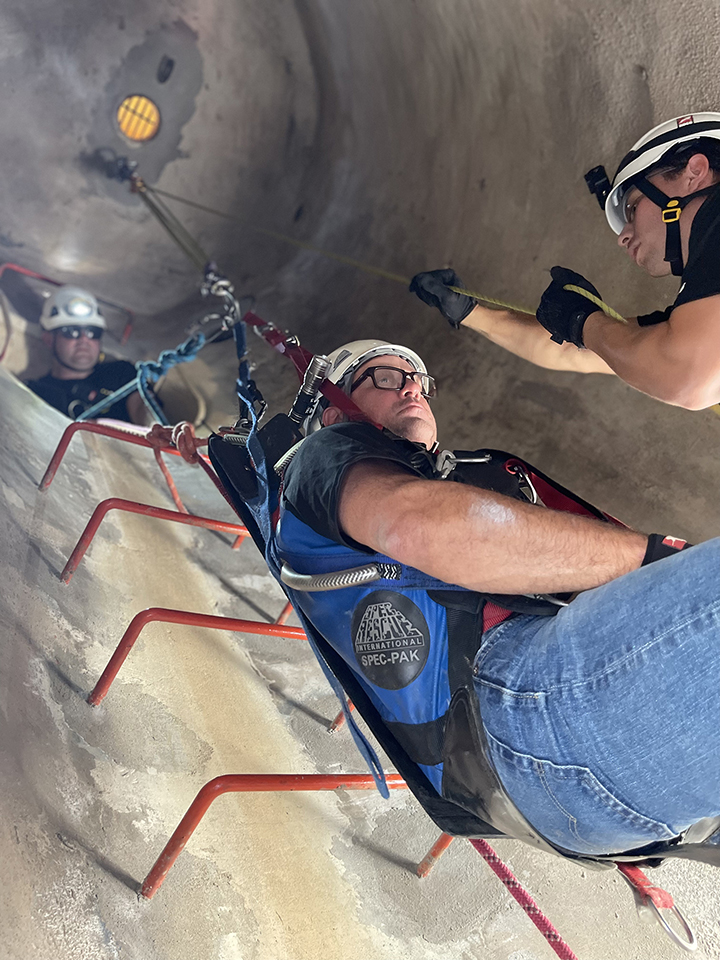March 15, 2011
We get many calls asking about the “life expectancy” of rope, harnesses and other nylon products. Of course, there are many factors involved and no one “set in stone” answer, but a lot depends on how much you use your harness and the ways you use it. Even where you store your gear is a...
Read More
March 15, 2011
We get many calls asking about the “life expectancy” of rope, harnesses and other nylon products. Of course, there are many factors involved and no one “set in stone” answer, but a lot depends on how much you use your harness and the ways you use it. Even where you store your gear is a...
Read More
March 11, 2011
Equipment manufacturers are becoming increasingly concerned about substandard equipment making its way into the rescue market. Most often, this equipment is not tested to the appropriate standards and presents a risk to rescuers and end users. We recently received a notice from Petzl concerning Chinese counterfeit versions of their products. Although none have been reported...
Read More
December 2, 2010
At some point, most atmospheric monitors will display a “negative” or minus reading for a flammable gas or toxic contaminant. First of all, it is not actually possible for an atmosphere to contain a “negative amount” of a substance. These negative readings usually result from improper use of the monitor. Most monitors will “Field Zero”...
Read More
September 27, 2010
We received an interesting question about pre-rigged systems from one of our subscribers. The TechPanel had some helpful comments to share, so we have re-posted the info here. It’s a great topic. Things to consider about leaving systems pre-rigged First of all, whether to pre-rig systems or not depends a lot on the types of...
Read More
August 26, 2010
“Most likely the loaded section of the line is catching on the anti-error catch where the load line enters the body of the ID. This is a safety feature of the ID to prevent free-falling loads if the ID is loaded backwards. To prevent the rope from jamming, consider positioning yourself between the ID and...
Read More
August 25, 2010
The answer may be in the description “trusty old”. The ID has a wear indicator cast into the friction bobbin. It is located at the top of the bobbin on the side of the bobbin that the swinging side plate is on. When in usable condition the wear indicator is visible as a slightly raised...
Read More
July 30, 2010
As with all rescue equipment, it’s extremely important to inspect your equipment before and after each use according to the manufacturer’s recommendations. Here are some tips from Skedco for inspecting your Sked Stretcher.
Read More
July 27, 2010
Recently, we had a client ask about these specific uses of the Sked-EVAC tripod. Here’s what the manufacturer (Skedco) had to say… “Is it safe to attach a ‘change of direction’ onto the lower end of one of the tripod legs?” “No!” According to Bud Calkin, the manufacturer of the tripod. He continues in saying...
Read More

